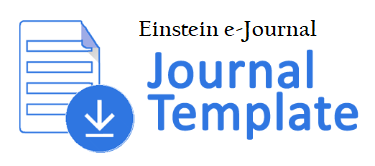IDENTIFICATION OF SUBSURFACE STRUCTURE USING GEOMAGNETIC METHOD AND ROCK MINERAL ANALYSIS WITH XRD TEST IN GEOTHERMAL AREA OF PAYUNG VILLAGE KARO REGENCY
DOI:
https://doi.org/10.24114/ein.v12i3.51272Keywords:
metode geomagnet, nilai anomali, suseptibilitas, XRDAbstract
This research was carried out to know the distribution of subsurface magnetic anomalies and determine the type and content of rocks based on susceptibility values in the geothermal area of Payung village, Karo district. Field measurements use PPM (Proto Precision Magnetometer), GPS (Global Position System) and compass. The data was processed using Mag2dc and surfer 13 software, to obtain susceptibility results. Determination of rock content was tested using XRD (X-Ray Diffraction). Geomagnetic data collection in the field at 40 measurement points. The research results show that there are variations in magnetic field strength at each point with values ranging from 20 nT to 380 nT. This shows that the geothermal area in Payung village has a susceptibility value ranging from 0.0013 x to 0.0088 x and is igneous rock in the form of andesite lava rock and pyroclastic rock. Igneous rocks and pyroclastic rocks are the building blocks of geothermal energy in the research area. The minerals that make up the rocks of the geothermal area in Payung village are the minerals, Asbecasite () and the mineral Quartz (). The mineral has an orthorhombic crystal system with crystal size a= 12.2842Å b= 7.6537Å c= 7.5151Å. The crystal system of the Asbecasite mineral is trigonal (hexagonal axes) with crystal size a= 8.3180Å c= 15.2640Å. Quartz with a triclinic (anorthic) system with crystal size a= 9.9320Å b= 17.2160Å c= 81.8640Å.Downloads
Published
How to Cite
Issue
Section
License
Copyright (c) 2024 EINSTEIN (e-Journal)

This work is licensed under a Creative Commons Attribution-NonCommercial 4.0 International License.
Authors who publish with this journal agree to the following terms:
- Authors retain copyright and grant the journal right of first publication with the work simultaneously licensed under a Creative Commons Attribution-Non Commercial 4.0 License (CC BY-NC) that allows others to share the work with an acknowledgement of the work's authorship and initial publication in this journal for non commercial purposes.
- Authors are able to enter into separate, additional contractual arrangements for the non-exclusive distribution of the journal's published version of the work (e.g., post it to an institutional repository or publish it in a book), with an acknowledgement of its initial publication in this journal.




